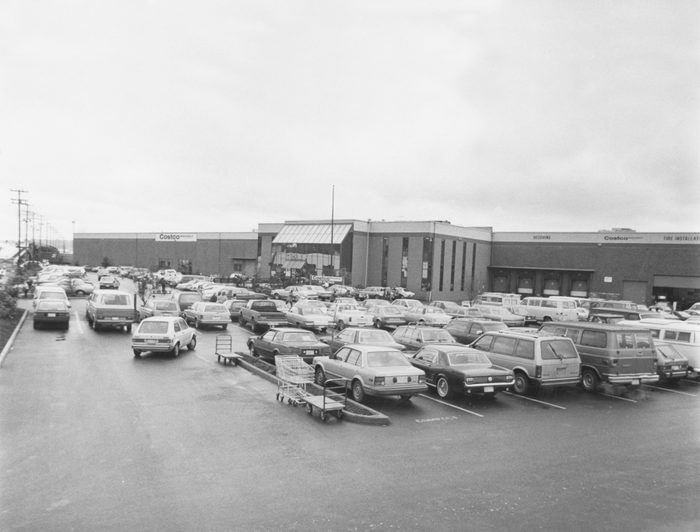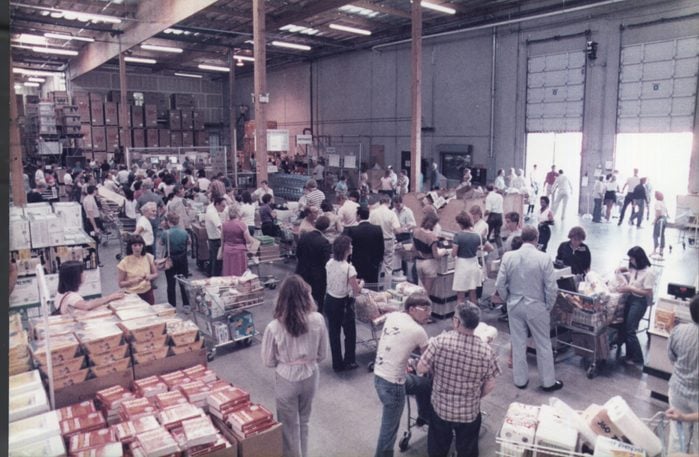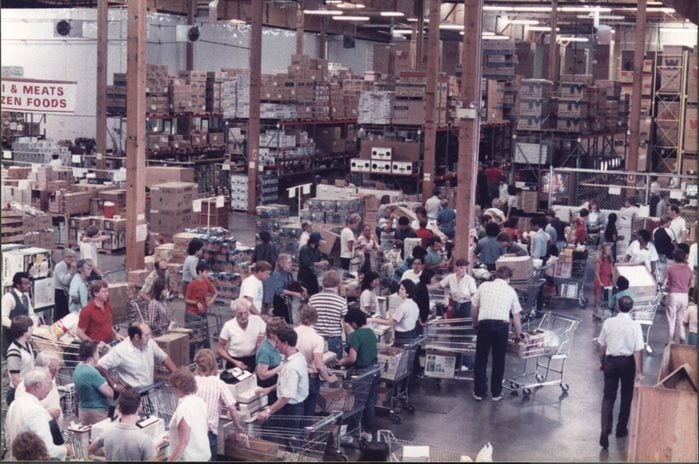Story # 1 - The Costco Case
Introduction
Don't be overwhelmed when we use words such as Big Data, Artificial Intelligence, Data Science. These are modernized words that were derived from basic concepts of statistics accompanied by the power of computers allowing us to navigate through larger and larger sheets of information. But the basics are the same. You still need to know how to read data, how to tell a story from pieces of information, and how to communicate your ideas. So let's get started!
The Grocery Experience will allow you to navigate real-life examples and understand the data collection process, as we discuss various descriptive statistics methods and basic regression models. You will then practice investigating stories behind data sets.
Structure of each module
- INTRO - Introduction to the main story
- RESOURCES - Theory about data collections - different types of data sources, different kinds of data collection methods
- STATISTICS - Statistics - theory on basic descriptive statistics and basic regression models
- PRACTICE - Practice - get an excel sheet with data and tell us the story - innovatank activity for the week
- YOUR PROJECT - Create your own project - you will also start working on part 1 of your project, brainstorm ideas, collect data, and describe the data.
Story 1 - The Grocery Experience
In 1983, the first Costco warehouse opens in Seattle, Washington. They were one of the first companies to introduce a membership model. Costco became the first company “to grow from zero to $3 billion in sales in less than six years.” Their philosophy focuses on keeping costs low so that the customers can keep their savings. Clearly, that business model has brought them a lot of success and loyal customers. In Canada, we know Club Price, in 1993, provided both companies had similar business models, Costco and Club Price merged.

COURTESY COSTCO WHOLESALE

Annual fees
Customers could choose a Wholesale card, which cost the member $25, or a Group Gold card, which cost $30. Their store brand, Kirkland Signature, has also seen great success.
Memberships
Since its opening in 1983, Costco’s membership options have changed. Today, a basic membership is $60 annually and an executive membership is $120.

The entrance
The front end of the first store looks similar to the entrance today. Large garage doors draw the large crowds in.

Memberships
One huge way Costco stands out from nearly every other retailer in the industry is in how it aims to earn its profit. Retail tends to be a low-margin business, and retailers consistently compete on price while still trying to squeeze out enough profit to remain financially viable. Costco's membership model gives it a huge advantage, and the profitability of that gives the company more flexibility in setting prices where they will be most beneficial to its customers and its bottom line.
Specifically, membership revenue is almost pure profit, and it typically makes up nearly all of the net income Costco brings in. As a result, Costco can price its merchandise in a way that allows sales proceeds to just barely cover merchandise costs and the warehouse retailer's overhead expenses. Other retailers, by contrast, have to set prices higher because they don't have that cushion of membership revenue to support their profitability.
The membership model also gives customers the same incentives that Costco has to maximize sales. Once you pay your annual membership fee, taking advantage of savings opportunities becomes a vital part of the value proposition of your membership, leading to increased spending. With such high renewal rates, Costco clearly has its finger on the pulse of its shoppers and knows it's giving them what they want.
Inventory Management
Costco churns through its inventory more than 12 times each year. That lightning-quick turnover rate means it gets paid for what it sells before the bill to its suppliers comes due. That effectively shifts the responsibility of financing inventory over to Costco's vendors, helping make this one of the most efficient retailers in the world.
Rapid sales volumes are made possible by an intense focus on offering only the fastest-selling models, sizes, and colors for any particular product. Yes, Costco carries a wide selection of merchandise categories -- everything from electronics to tires to fresh food. But within those categories, a shopper's options are limited: The typical warehouse is stocked with less than 4,000 products, compared to 45,000 at a Kroger (KR -2.08%) grocery store, or 80,000 items at Target (TGT -3.09%).
But customers have been eager to take the trade-off of fewer overall choices in exchange for lower prices. In fact, Costco's shopper traffic has grown at an above-market 4% rate for six years running. The increased traffic is feeding a virtuous cycle of faster inventory turnover, translating into lower costs, lower prices, and still more traffic.
Customer Experience
Costco offers a range of products unlike almost any other business, including eyewear, wine, pharmacy, apparel, and electronics, allowing customers to maximize their memberships, and consumers overwhelmingly approve of the quality of the merchandise. They also love the little things about Costco, like the $1.50 hot dog and soda deal (it sold over 100 million hot dogs last year) and the free samples peppered around the store.
Because Costco rotates products often, consumers have the chance to find a new deal or new item they like nearly every time they come into the store, making it a more exciting experience than most shopping trips. Its no-hassle return policy is also popular since Costco even offers cash refunds.
Throw in the thrill and comfort of getting a good deal, and it's easy to see why Costco has retention rates of around 90%.

No Comments